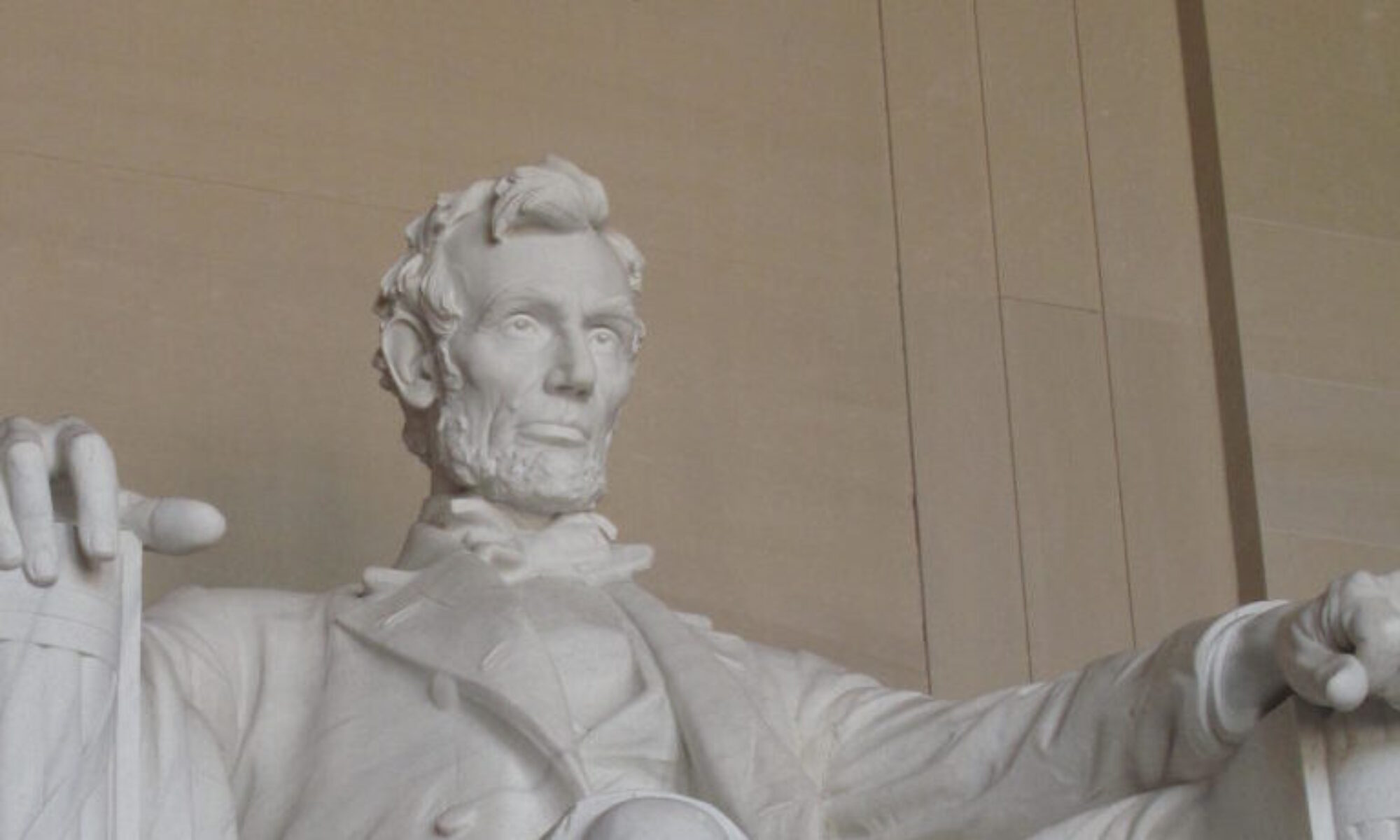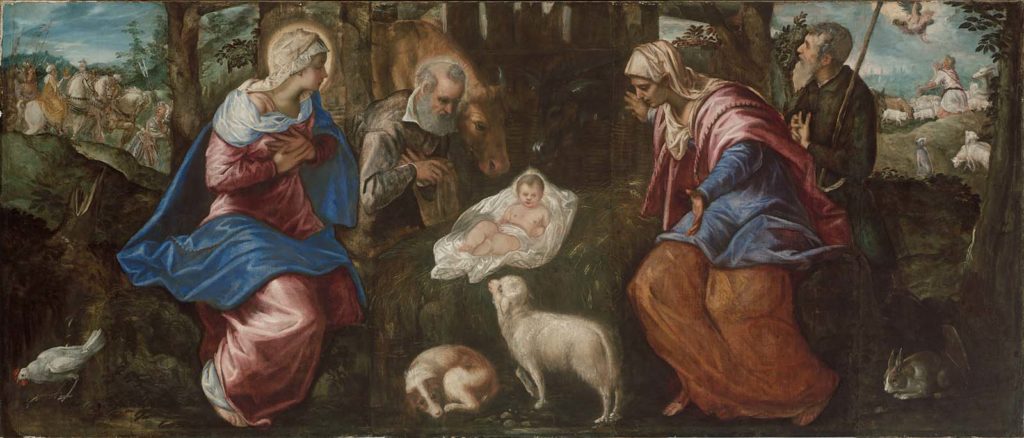As Christmas Day approaches, our post modern world argues about whether the lyrics of a holiday classic must be censured to remove the potentially ‘hurtful’ lyrics from contributing to unsafe environments. If you are not familiar with the specific controversial song, you might have thought the offended class were referring to the callus injury of grandma inflicted by a poorly driven reindeer, or perhaps, a thievish grinch. But no, the scarlet letter this season has been pinned on a song by master song writer Frank Losser, who looked to hide his devilish intentions to inflict unwanted sexual advances upon a defenseless female by invoking the cruelties of the weather and fool her into submission. Apparently, a nation must be chastened by its previous willingness to enjoy “Baby, Its Cold Outside” without an accompanying explanatory document as to its inappropriateness.
If such silly arguments take away from you some of the beautiful sheen of celebrating an important day in our civilization, I would like to reintroduce you to a different song that reflects a more innocent time. Before gift exchange, family clashes, and the ramblings of a ‘woke’ society, Christmas did have a different level of significance. It is not entirely clear when the typical communal celebrations of the winter solstice were reoriented to coincide with the Christian feast day of the birth of Jesus, but there were rumblings long before St. Nicholas had his penchant for handing out gifts associated permanently with the same day, and resigned us all to a frenzy of consumerism.
Before the song styles of the secular holiday, there was a desire to provide a musical link to the Christmas miracle for common people that lay beyond the liturgical expressions of sacred music evoked only in sacred venues. The traditions beyond the church walls extended to local festivals and communal songs that were passed generation to generation telling the story of Christmas as laid out in the Gospels through a common humanity. The Gospels of Matthew and Luke spelled out in poetic detail the circumstances of God’s love for His Creation expressed through the birth of a Divine Son in the most humble of places. The Christ Child would come into the human world through human birth far from the comfortable and safe world of elite or connected of the time. The gift of the Christ child to remove for all eternity the calamitous fall from grace of the original creation Adam, would not occur in a luscious garden, a magnificent temple or a luxurious palace, but in the unguarded, vulnerable bed of straw of an animal manger, that every common person of the limited means circumstantially could directly relate. The tale of the Nativity – the Virgin birth, the faith driven acceptance of both parents of the extraordinary circumstances of the pregnancy, the support of Angels, the guidance and visitation of Kings to worship the miracle — relay a particularly beautiful environment for a musical creation worthy of the written prose.
It is thought somewhere in the 12 century in the area of Wexford, the musical genesis of telling the Nativity story specifically through a celebratory song, or carol, was borne. The Mixolydian Mode that forms the basis of the song’s structure revolves around a medieval chant tonality that extended in a diatonic scale’s three whole steps and a half step from G to G7, resulting in a warm yet somewhat otherworldly quality. It seems somewhere before the 16th century the English verse was translated to Gaelic, but the English roots of Wexford led to the version we most know today as it was put down formally on paper in 1684 by Bishop Luke Waddinge who connected the words to traditional music in a little song book called “A Small Garland of Pious and Godly Songs” further expressing the purpose of the collection as “composed by a Devout man, for the Solace of his Friends and Neighbours in their Afflictions.” The collection of carols, including the carol now referred to as the Wexford Carol, is known as the Kilmore Carols. In 1928, the organist in Enniscorthy, Dr. William Henry Grattan Flood, published the modern version we know today, and hear the ancient and modern coming together to recreate the unique spiritual rapture of the Wexford Carol :
Good people all, this Christmas-time,
Consider well and bear in mind
What our good God for us has done,
In sending His beloved Son.
With Mary holy we should pray
To God with love this Christmas Day:
In Bethlehem upon that morn
There was a blessed Messiah born.
Although the Wexford Carol is performed by many artists of both sexes around the world, it never sounds more central to the Christmas miracle or releases its otherworldly power better than when it is inflected with its Irish roots. The Kilmore Carols are performed in Wexford traditionally by a male choir of six voices, but the beautiful words married to elegiac music have never been more beautifully linked then when they received the treatment of Wexford’s own world famous Irish tenor, Anthony Kearns. Mark Steyn brought the story of the Wexford Carol and Kearn’s beautiful version to his Christmas show several years ago, and made the ancient carol ring anew. Enjoy the framing of the carol and Kearn’s ability to bring the 12th, 16th, and 21 centuries into a beautiful communion. And that is my Christmas gift to you – Have a Merry and Blessed Christmas! (Addendum: the video has been disabled on Ramparts, but the You Tube link will take you directly to the video in its entirety)


Thanks ‘fir’ that! Good ol’ Mixolydian. Loved by those Wexfordians, blues players, and ancient Greeks alike. : ). I first heard the Wexford Carol on the Chieftains Christmas CD. https://m.youtube.com/watch?v=64qdYLzqIY4